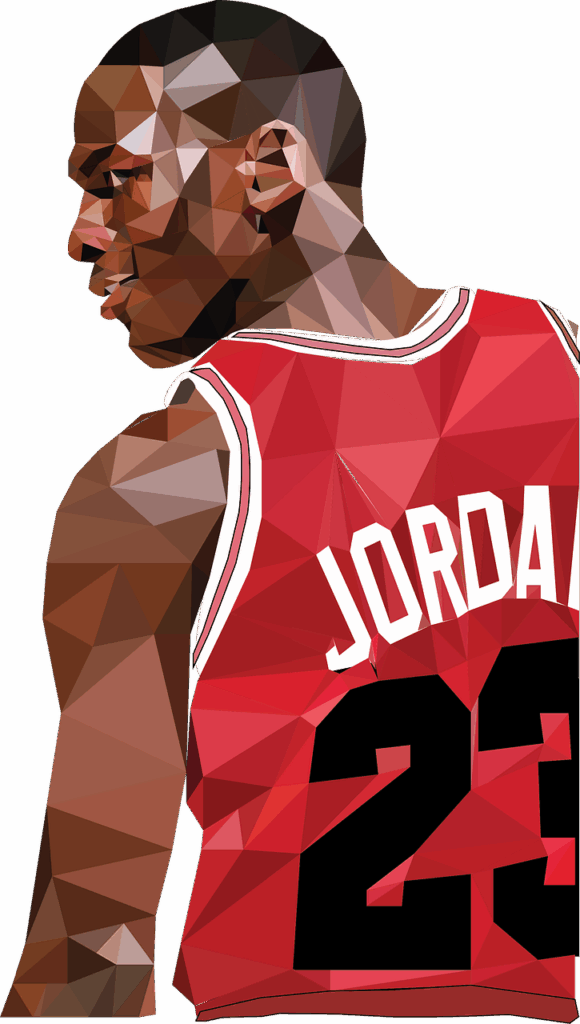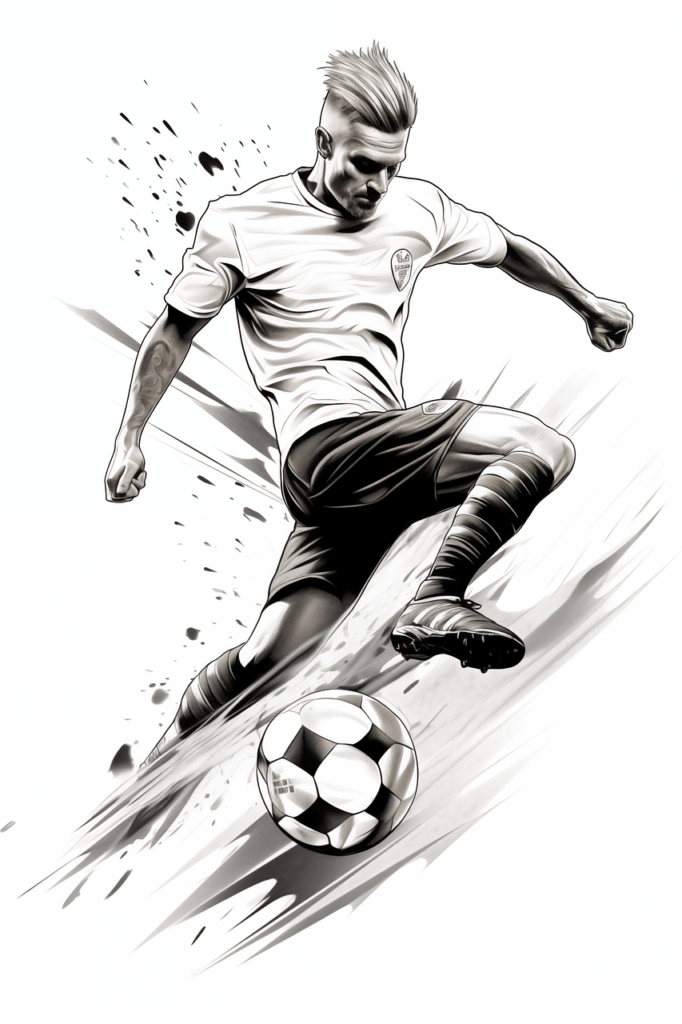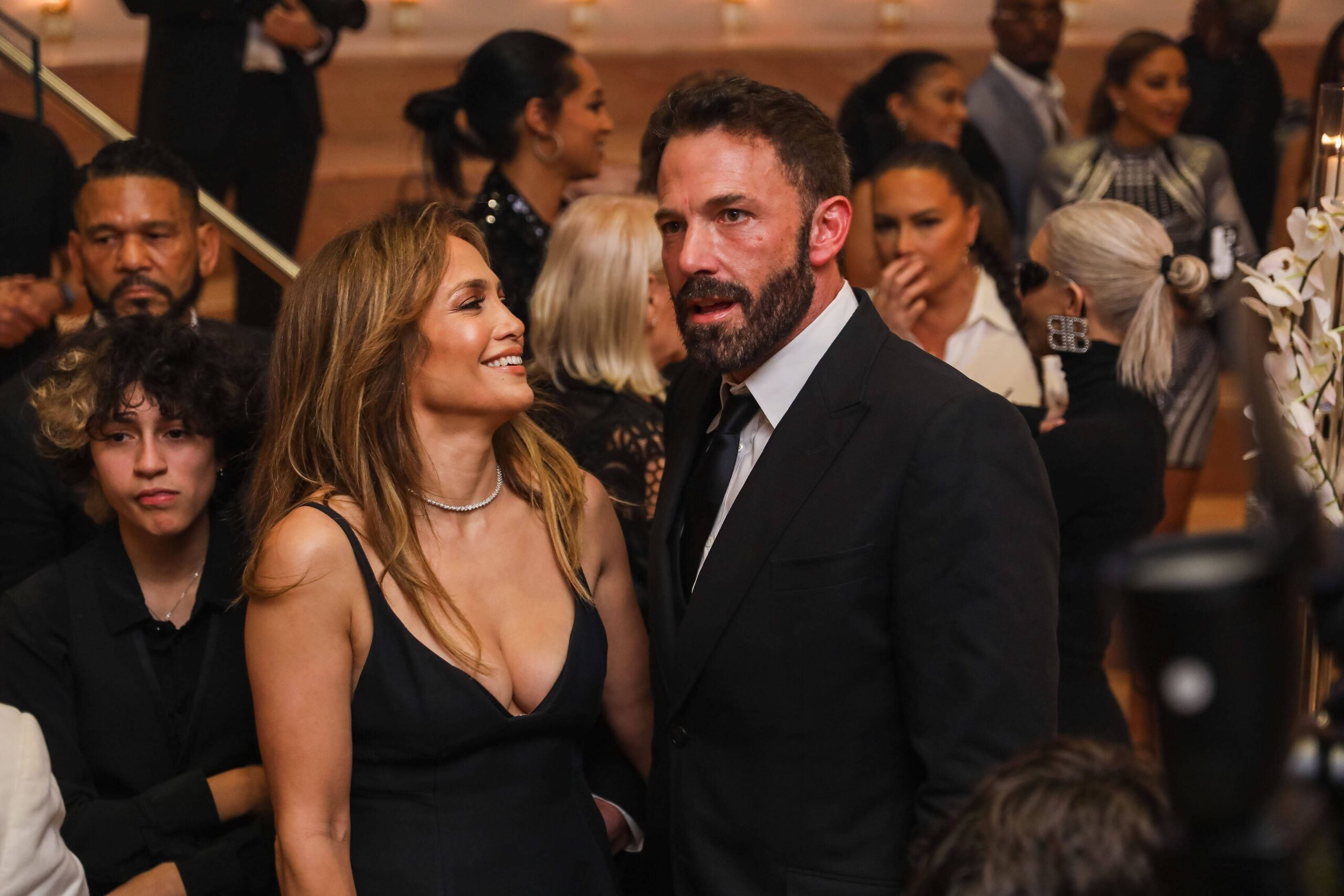
Ever dreamed of holding a baseball with your favorite player’s autograph? Or maybe a jersey with your idol’s signature across the back? Scoring free baseball player signatures, or autographs in general from any athlete, can be a fantastic way to create a lasting memory that you’ll cherish forever. For many fans, this is the pinnacle of fandom, a tangible link to the sports heroes they admire. However, let’s face it, sometimes getting an autograph feels like trying to steal a base against a laser-armed catcher, a challenge that can seem daunting and often elusive.
But fear not, fellow fan! This guide is your secret weapon, designed to empower you with the knowledge and strategies to turn that dream into a reality. We’ve got insider tips straight from professional players themselves, combined with practical advice that will help you snag that coveted autograph for free. It’s all about being prepared, knowing where and when to look, and approaching the interaction with the right mindset.
We’re about to embark on a comprehensive journey through the most effective ways to secure those treasured signatures. From navigating the relaxed atmosphere of training camps to mastering the subtle art of a polite request, we’ll cover everything you need to know. Get ready to transform your autograph-seeking efforts from a hopeful endeavor into a highly successful mission, creating memories that will last a lifetime.

1. **Attend Training Camps**Forget the shoving crowds and intense pressure of regular-season games; Spring training for baseball, or training camps for any other sport, offers a hidden gem for autograph seekers. Imagine a relaxed atmosphere where athletes are noticeably more approachable, eager to connect with fans before the competitive season truly kicks off. This is a prime opportunity, distinct from the frenzy of later games, making it an ideal starting point for your autograph quest.
The facilities at training camps are often smaller, leading to shorter lines and a much more intimate fan experience. This reduced scale and less intense environment directly translate to a higher chance of landing that coveted autograph. You might even have the chance to chat with your favorite player, creating a more personal connection that’s often difficult to achieve during the regular season. This relaxed setting truly sets the stage for a memorable interaction.
However, Spring training isn’t just about showing up; preparation is absolutely key to maximizing your chances. Be prepared with the right pen, ensuring it’s a color and type that will stand out and last on your chosen item. Always have your chosen item for the athlete to sign ready, whether it’s a baseball, a photo, or a card, so you don’t waste precious moments fumbling. Crucially, approach every athlete with a polite and respectful demeanor, as this goes a long way in fostering a positive interaction.
By embracing the relaxed atmosphere and following these practical tips, you’ll be well on your way to scoring that epic autograph. This methodical approach significantly increases your odds of success, making the experience not just about the signature itself, but also about the lasting memory you create. It’s a strategic move that savvy autograph collectors swear by.
Read more about: Beyond the Booth: Unpacking 13 Legendary Music Feuds That Rocked the Industry
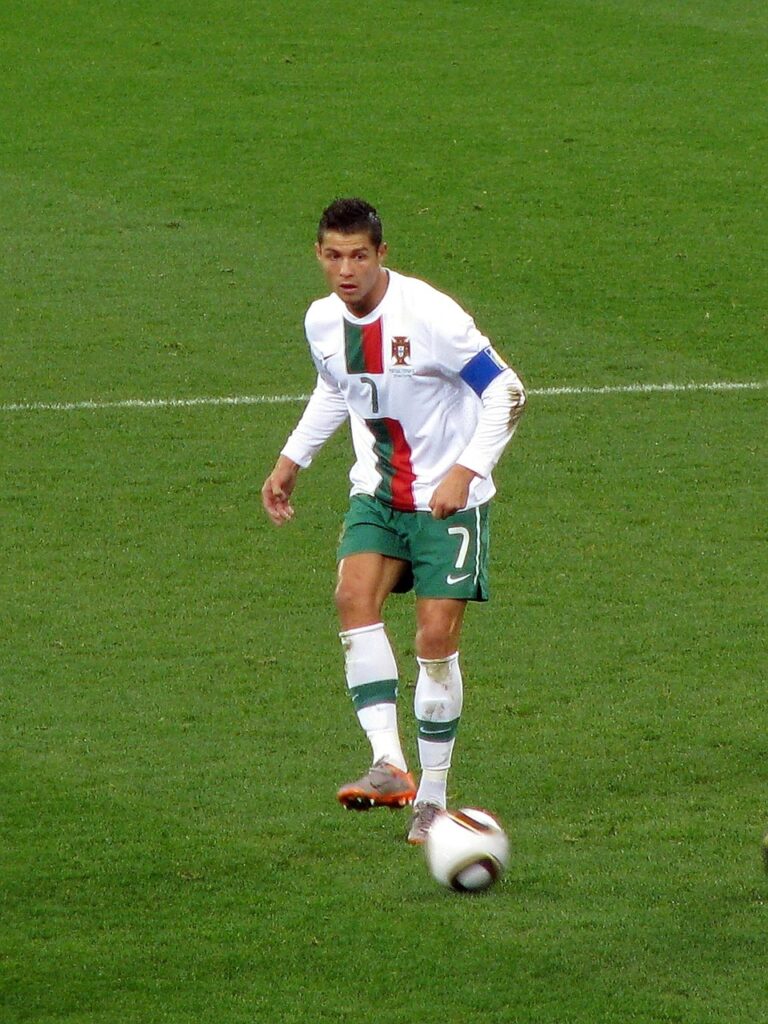
2. **Seek Out Charity Events**If you’re looking for a genuinely unique and heartwarming route to scoring an autograph, forget the jerseys and baseballs of crowded stadiums and turn your attention to charity events. Many athletes dedicate their time and star power to supporting worthy causes, offering a different kind of venue for fan interaction. These events provide a more controlled and often more personal setting, allowing for interactions that feel less rushed and more meaningful.
Here’s the beauty of attending a charity event: you get to snag that free autograph while simultaneously contributing to a good deed. It’s a true win-win situation, where your passion for collecting aligns with supporting causes you care about. This approach often leads to a more positive exchange with the athlete, as they are typically in a giving and appreciative mood, making the encounter even more special for everyone involved.
To find these valuable opportunities, research local charity events featuring your favorite athletes. Many charities are proactive in promoting these events online and through social media, making it easier than ever to discover opportunities to meet your sports hero. Keep an eye on team announcements and local news outlets as well, as these can often highlight upcoming charitable appearances by players.
Remember, while autographs are a fantastic perk, attending the event and supporting the cause should always be your primary focus. During your interaction with the athlete, be respectful and polite, acknowledging their contribution to the charity. You might just walk away not only with a cherished memento—like a signed jersey, baseball, or photo—but also with a warm feeling from supporting a good cause and a deeper appreciation for your athlete’s character.
Read more about: Navigating the Road Ahead: Our Expert Ranking of the 14 Best-Selling Tires of 2025 for Unrivaled Longevity and Safety

3. **Target Regular Season Games**While snagging an autograph at Spring Training might be easier due to the relaxed environment, there are still ample opportunities to get a signature from players during the regular season. You just need to know where to look and when to act, employing a strategic approach beyond the usual crowded signing areas. It requires a keen eye and a bit more patience, but the rewards are just as fulfilling.
One of the most effective strategies is to aim for pre-game arrivals near the dugout. This window of time, before the game’s intensity fully kicks in, can often find athletes more receptive to signing for fans. Many players will take a few moments to interact before they get into their pre-game routines, making it a critical period for eager autograph seekers to position themselves.
Patience is absolutely key here; sometimes athletes linger near the dugout after the final out for a select few fans. While the majority of players head straight for the clubhouse, a few might take the time to acknowledge the persistent and polite fans who have waited. It’s about being present and ready, understanding that these moments are fleeting and require you to be quick and considerate.
Remember, courtesy is paramount in these situations. A short, polite request, perhaps combined with a genuine compliment about their play or a specific achievement, can go a long way in securing that coveted signature. By exploring these alternative routes, being patient, and approaching athletes with respect, you’ll significantly increase your chances of scoring a free autograph and creating a lasting memory of your encounter with a sports hero.
Read more about: Unlock Your Smartphone’s Earning Potential: 15 Lucrative Side Hustles You Can Start Today
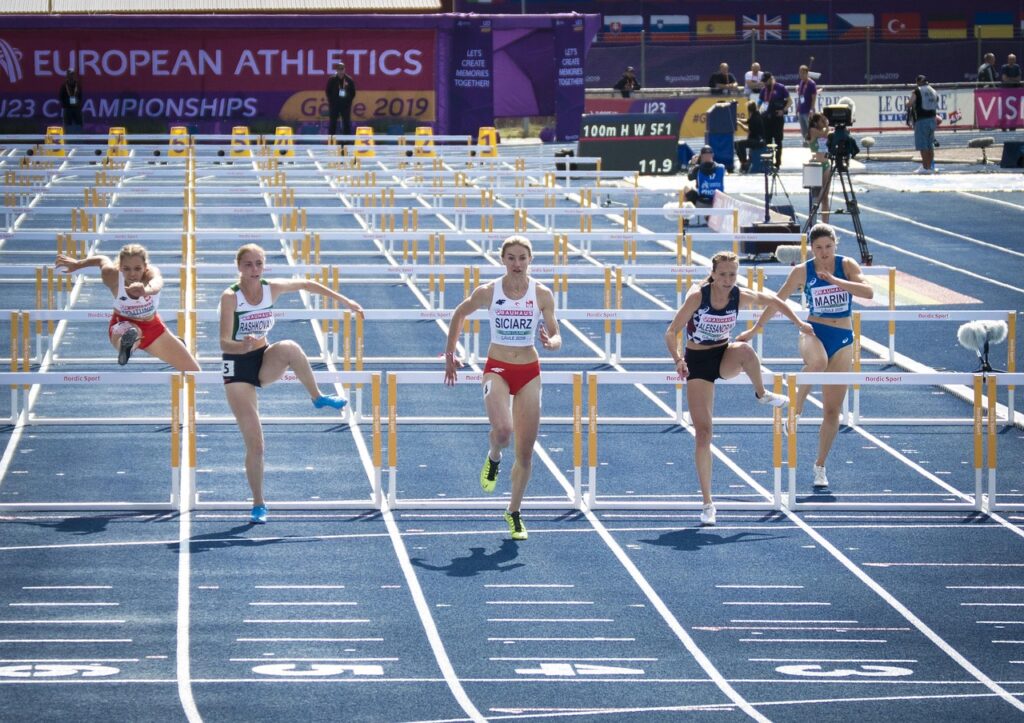
4. **Wait Outside Team Hotels**While the dream scenario might involve a casual chat and autograph exchange during the more relaxed Spring Training, the reality is that regular season schedules are incredibly hectic for professional athletes. Despite this, some dedicated fans have found success waiting outside team hotels during the season, turning this challenging environment into a potential opportunity. This approach, however, requires careful planning, caution, and a fair bit of luck.
Research is absolutely key to making this method viable. You’ll need to identify the team’s hotel in a particular city and, if possible, get a sense of their typical arrival and departure times. This information can sometimes be found through fan forums or local sports news, but it often requires a bit of detective work and observation. Being at the right place at the right time is crucial for any chance of success.
It’s important to remember that this isn’t a guaranteed method, and respecting the athletes’ privacy is paramount. They are often on tight schedules, traveling, or trying to get some rest, so their priority is rarely signing autographs. Be prepared for disappointment, as many players may not stop or may not even be visible, and understand that their personal time should be honored above all.
However, if you do manage to catch a player entering or leaving the hotel, a polite request, delivered with a well-chosen item like a baseball or a photo for the autograph, might just land you that coveted signature. Keep your interaction brief, express your appreciation, and be ready to accept a “no” gracefully. The key is to be unobtrusive and understanding of their circumstances, increasing the likelihood of a positive, albeit short, interaction.
Read more about: You Won’t Believe These 14 Bonkers Ideas That Made Hokkaido’s F Village the Coolest Place on Earth (Prepare to LOL!)
5. **Go to Public Signing Events**For those who prefer a more guaranteed way to meet their favorite player and snag an autograph or photo, public signing events offer a fantastic alternative to the uncertainty of waiting around hotels or attending regular season games. These events are specifically designed for fan interaction, providing a structured environment where you can almost certainly get that coveted signature. It’s a fantastic chance for a face-to-face interaction, ensuring you walk away with a signed item.
However, it’s important to keep in mind that these events can often be expensive. You might encounter ticket fees just to enter, or there could be minimum purchase requirements to secure an autograph. While you are guaranteed a signature, the personal connection might be more limited due to the organized format, as athletes often move quickly through a line of fans. Weigh these costs and factors against the guaranteed outcome when considering this option.
If you’re looking for local events, a great starting point is to check out your local sports memorabilia stores. These establishments frequently host athletes for signings, especially those who are local favorites or retired stars. They often have dedicated sections or announcements about upcoming events, making it easy to find opportunities in your immediate area.
For a wider selection of athletes and larger, national events, online resources like Crave The Auto are a great place to find signing events by state. Furthermore, national companies like Tristar Productions, which hosts the National Sports Collectors Convention, and Steiner Sports, known for offering mail-in autograph services and celebrity appearances, can be your go-to sources. These larger entities often attract bigger names and provide more extensive opportunities for collectors.
Read more about: Beyond the Hype: Unpacking the Revolutionary Spirit and Seismic Shifts of the 1960s – A Deep Dive into a Decade That Changed Everything

6. **Spot Retired Players**While the focus is often on current, active athletes, a fantastic and often overlooked opportunity lies in spotting and approaching retired players. Keep your eyes peeled for these legends who might be in the crowd with you during games or attending other sporting events. They are frequently present, enjoying the game as fans themselves, or participating in alumni functions, offering a less pressured environment for an autograph request.
Unlike active players who are often surrounded by security or on strict schedules, retired players are generally more accessible and often more willing to engage with fans. Try going up to them to ask for an autograph when you see them. A simple, polite approach often yields positive results, as they appreciate being recognized for their contributions to the sport long after their playing days are over.
Retired players are often very humbled by requests for their signature, reflecting on their careers and the impact they had on fans. This humility makes them particularly receptive to fan interactions, so don’t be shy about making your request. A genuine expression of admiration for their career can go a long way in securing a memorable autograph and a pleasant conversation.
This method offers a unique pathway to adding a piece of sports history to your collection, often with a more personal touch than you might get from an active player. It’s a testament to the enduring legacy of these athletes and a reminder that opportunities for autographs exist beyond the immediate playing field. Always be respectful and grateful for their time and willingness to engage.
Read more about: The 15 Times Sports Legends Hung Up Their Cleats (and Left Us Utterly Speechless)

7. **Practice Autograph Etiquette & Be Prepared**Regardless of where or how you attempt to get an autograph, mastering proper etiquette and being thoroughly prepared are crucial steps to increasing your odds of success. While baseball players generally enjoy giving autographs to show appreciation for their fans, large crowds can make it a challenge for them to choose who to sign for, making your approach all the more important. Thoughtfulness in your actions can truly set you apart.
One critical piece of advice is to avoid approaching players while they’re eating at a restaurant or socializing with friends or family. These are personal moments that should be respected, and an interruption can create a negative impression. Instead, try to catch them on their way out the door for a quick, respectful autograph request, when they are transitioning and might be more amenable to a brief interaction.
Having your items ready to go is absolutely essential. Fumbling for a pen or the item you want signed wastes precious seconds and can deter a player who is already in a hurry. The “three autographs are the golden rule” suggests having a few items lined up for a smooth signing process, but always be prepared to reduce your request if the player is pressed for time or seems hesitant. Make it as easy as possible for them to sign.
If you’re an adult seeking an autograph, consider bringing a kid along. Their genuine excitement and innocence often give them the upper hand, as players frequently prioritize autograph requests for children. This isn’t just a tactic; it creates a heartwarming moment for the player and a memorable experience for the child, which can often benefit the accompanying adult.
Finally, once you score that autograph, safeguard it immediately! Don’t leave it exposed or toss it into a bag where it could get damaged. Consider a display case, a top loader, or a penny sleeve to preserve your cherished memento, ensuring its longevity and value. This quick action protects your new treasure and shows respect for the athlete’s signature and the effort it took to acquire it.
The dream of adding coveted signatures to your collection doesn’t have to vanish with the close of spring training or the end of a game. When in-person opportunities aren’t feasible, the ‘Through The Mail’ (TTM) method offers a truly unique chance to snag autographs from your favorite athletes, directly to your mailbox. This approach, while requiring a bit of careful planning and detective work, allows you to connect with players even if you can’t attend games or events.
Embarking on the TTM journey means becoming a bit of a sleuth. The initial step involves identifying the athlete’s team and, crucially, their preferred mailing address. Often, this will be the team clubhouse, which acts as a central hub for player mail. This isn’t information you’ll find on a general search, so digging a little deeper is essential.
Thankfully, the internet is your friend here. Many dedicated sports websites and fan forums serve as invaluable treasure troves, offering insights from successful TTM attempts. These communities often share details on which baseball players (or athletes in other sports) are known to sign autographs through the mail, giving you a head start and increasing your chances of success. Armed with this intel, you’re ready to prepare your request.
Once you have your target and their address, crafting your package is key to making a great impression. This typically includes the item you want signed, such as a baseball or a card, a self-addressed stamped envelope (SASE) for its return, and a polite, personal letter introducing yourself and making your request. Remember, TTM is a slow and steady game, so patience is absolutely paramount as you await a signed memento.
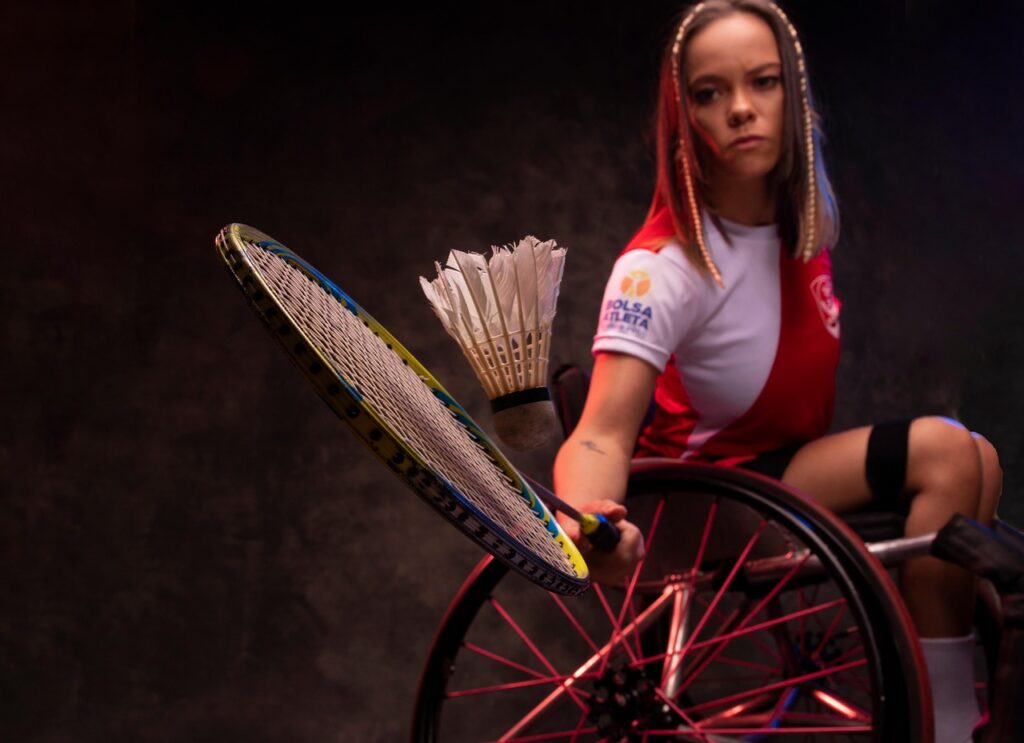
9. **Pick Your Targets for TTM Success**Before you even think about putting pen to paper or stamping an envelope, you need to decide who you’re going to write to. It’s an important consideration because, as a general rule, not all athletes sign autographs through the mail. Understanding this reality will help manage your expectations and guide your targeting strategy.
Generally, the bigger the star, the less likely you are to hear back from a TTM request. Their mail volume is immense, and personal signing can be overwhelming. However, this isn’t a hard and fast rule; personal anecdotes share experiences of bit players not responding, while even a major player like Tony Gwynn sent a signed card back in less than a month during his playing days. It shows that sometimes, it’s just about luck and timing.
Because the most popular players receive the most mail, even if they do sign, you might have to wait a significant amount of time to hear back. Persistence is key, but don’t be disheartened if replies take a while, even from less prominent figures. The TTM game is all about playing the long game and appreciating any success.
Don’t limit your horizons to just active players when considering TTM targets. Many former players, now serving as managers, coaches, front office staff, or even announcers, are often receptive to fan mail. These individuals often appreciate being remembered for their contributions. To find a comprehensive list of major personnel associated with your favorite team, their official website is an excellent resource.
Read more about: Giant Eagle’s Digital Price Tag Revolution: Real-Time Savings, Future-Forward Shopping, and the Evolving Retail Landscape
10. **Crafting Your Winning Autograph Request Letter: Be a Fan**The heart of any successful TTM autograph request lies in the letter you send. It’s crucial that your letter comes across as genuine and heartfelt, demonstrating that you are a true fan, not just someone looking to profit from their signature. While there’s no law against selling TTM autographs, a sincere request is always more likely to be honored.
Think about how you’d butter up someone before asking for a favor in your everyday life. Athletes, like anyone, respond better when they feel cared for and appreciated. A personal touch, showing you’ve invested thought into your request, can make all the difference. It signals respect for their time and career, setting a positive tone for your interaction.
Take a moment to explain why you’re a fan of the person you’re writing to. You don’t need to write a 2,000-word essay on their batting mechanics, but show them you genuinely know who they are and admire their work. For instance, if you’re writing to Josh Hamilton, you might mention being a fan of his impressive home runs, his clutch hitting, or even his unique tattoos.
Authenticity is paramount. Avoid fabricating admiration by telling them they’re your favorite player if that’s not truly the case. Instead, focus on something specific and nice to say, something that resonates with you. A brief, complimentary paragraph or two can go a long way in helping the player see and appreciate that you are a genuine fan, making them more inclined to sign.

11. **Crafting Your Winning Autograph Request Letter: Keep It Brief and Write, Don’t Type**Beyond expressing your admiration, two simple yet powerful rules govern the effectiveness of your autograph request letter: keep it brief and, whenever possible, handwrite it. Players lead incredibly busy lives, and their time for sifting through mail is often limited. A concise and direct letter respects their schedule, increasing the likelihood that they’ll read it and respond.
A well-structured TTM letter should flow effortlessly, featuring a clear introduction, your fan statement, the explicit autograph request, and a polite thank-you. This simple, direct, and brief format is the most effective. If your letter extends beyond a single page, especially if its sole purpose is to request a signature, it’s probably too long and could risk being set aside.
While typed documents are increasingly common in today’s world, opting to handwrite your autograph request offers a distinct advantage. A handwritten note visibly demonstrates that you’ve taken the time and effort to compose a personal message. This personal touch can resonate deeply with athletes, adding a layer of authenticity to your request that a generic typed letter simply cannot.
Typed letters, despite their neatness, can often be churned out quickly using templates, potentially giving the impression of an impersonal, mass-produced request. If a letter doesn’t sound authentic and genuinely from the heart, the chances of getting a signature back could drop dramatically. A personal, handwritten appeal often makes a more memorable and impactful impression.

12. **Getting the Package Together for TTM**Once your heartfelt letter is penned, it’s time to assemble the rest of your TTM package. Besides your meticulously crafted note, you’ll need three key items: something for the athlete to sign, a self-addressed stamped envelope (SASE) for its return, and something to keep that return envelope sturdy and safe. Each component plays a vital role in the success of your request.
When selecting an item to be signed, consider ease of mailing and the surface for the autograph. Trading cards or simple index cards are generally the easiest items to send and receive through the mail. If you’re choosing a card, try to find one with a less glossy finish in your collection, as ink tends to adhere better to these surfaces, preventing smudges. Sets like Topps Heritage, Upper Deck Masterpieces, and Topps Total are excellent modern options. If a glossy card is all you have, gently rubbing the front can help remove some of the sheen, allowing the signature to dry without beading up.
If a trading card isn’t available, an index or recipe card can also work beautifully. These are inexpensive, readily available at most dollar stores, and look fantastic when framed and matted beneath an 8×10 photo. Remember, less is more: limit your request to no more than two signatures, and ideally, just one. Sending multiple requests to different players is a better strategy than trying to get six signatures from one. Crucially, never send anything valuable or sentimental, as there’s no guarantee your items will be returned.
A self-addressed stamped envelope (SASE) is an absolute must for every TTM autograph request. Even if the person you’re writing to earns millions, it’s considered poor etiquette to expect them to pay for return postage. Simply address an envelope to yourself and affix the correct postage. This simple act makes it incredibly easy for the player or their staff to return your signed item; all they have to do is slide it in, seal it, and drop it in the mailbag.
To safeguard your item during its journey, it’s also a good idea to include a piece of cardboard or a top loader within the SASE. This added protection helps prevent your package from bending or getting damaged in transit. However, manage your expectations: players, often in a hurry before games, might not take the time to carefully place your card inside the top loader. Convenience is paramount for them, so making the process as frictionless as possible is key to your success.
Once you have your hand-written letter, the item you want signed, your SASE, and the sturdy card protector, neatly bring all these components together. Place them carefully into a business-sized envelope, ensuring everything fits without crumpling. With your package sealed and addressed, it’s ready for its journey, carrying your hopes for a cherished autograph.
13. **Where to Send Your Autograph Requests for the Best Chance of Success**When it comes to mailing your autograph requests, the most reliable approach is to send them directly to the team the athlete plays for or is associated with. This ensures your letter reaches a centralized location that the player will likely access. The standard format for addressing such a request is straightforward:
Player Name
c/o Team Name
Street Address
City, STATE Zip
To illustrate with a practical example: if you were writing to a player like Josh Hamilton during his time with the Texas Rangers, you would address it as follows: Josh Hamilton, c/o Texas Rangers, Rangers Ballpark in Arlington, 1000 Ballpark Way, Arlington, TX 76011. This clear and concise format helps ensure your letter reaches the intended recipient efficiently.
For your convenience, many official league websites provide dedicated pages with team mailing addresses. You can typically find these resources for major leagues like MLB, NBA, NFL, and NHL, making your research much easier. These official sources are your best bet for accurate and current addresses.
Beyond the main team addresses, other locations might also prove effective for TTM requests. Consider sending letters to spring training facilities, minor league affiliates, or even places where athletes might have public appearances, such as TV studios. These alternative addresses can sometimes offer a less saturated mail route, increasing your chances of a reply.
It’s important for collectors to be aware that not all “autographs” received through the mail are genuinely signed by the athlete themselves. Some players employ staff to sign on their behalf, or they might use an autopen to create manufactured signatures. For these reasons, it’s generally advised that TTM autographs be primarily used for personal collections, rather than as investments where authenticity is paramount.
While success isn’t guaranteed and some players might never respond, while others can take an eternity, many collectors report more successes than failures. Occasionally, players even go above and beyond, inscribing cards with a personal message or adding an extra item like a postcard. TTM autographs remain a fun, easy, and inexpensive way to build a killer collection of signatures, offering a unique thrill each time you check your mailbox.
14. **Choosing the Right Pen and Prepping Your Cards for a Perfect Signature**Securing that coveted autograph is only half the battle; ensuring it looks fantastic and lasts a lifetime is the other. This often means making crucial decisions about the right pen and color for your chosen item, a process that can sometimes feel challenging. Getting that perfect signature on your favorite player’s rookie card, for instance, requires careful thought and preparation to achieve an ideal result.
One of the biggest decisions is pen color, and fortunately, there’s often a clear winner. For most cards, blue is the go-to color. It stands out well in both light and dark areas of a card’s design and is a solid, fade-resistant option that provides excellent contrast. However, card designs vary widely, so blue isn’t always the best choice for every situation.
If you’re ever unsure about which color will look best, a simple trick can save you from potential disappointment. Grab a clear item—like a penny sleeve, top loader, or even a sandwich bag—and write on it in the colors you’re considering. Then, place this clear item over your card. This provides an immediate visual of how each color might appear, allowing you to make an informed decision.
When it comes to the pen itself, a blue Sharpie is often the preferred choice. Sharpies are known for drying very quickly and providing consistent results on almost any surface, whether it’s a paper card, a chrome finish, or another material. If you’re looking for a slightly different shade of blue or a more vibrant finish, particularly on chrome cards, Deco brand paint pens are an excellent alternative, offering a richer, ‘popping’ effect, especially in colors like silver, gold, or red.
However, chrome-style cards, such as Topps Chrome or Prizm, often have a very slick, glossy finish that can make pen ink bead up or smudge. To counteract this, it’s often necessary to prep your chrome cards to remove some of that glossiness, allowing the paint pen to go on smoothly. This can be done by lightly coating the card with baby powder and wiping it off, or by gently rubbing it with a white eraser to create some ‘tackiness’ for the ink to adhere to, without damaging the card itself.
For ultimate assurance, consider buying some cheap base cards from the same set you plan to get signed and physically test various pens on them. For example, if you want to use a yellow paint pen on ten Michael Porter Jr. 2018 Prizm rookie cards, test it on a few two-dollar base cards from that same set featuring other players. This provides an exact look at how the pen will perform on your specific card type, allowing you to make any necessary adjustments before getting your valuable cards signed.
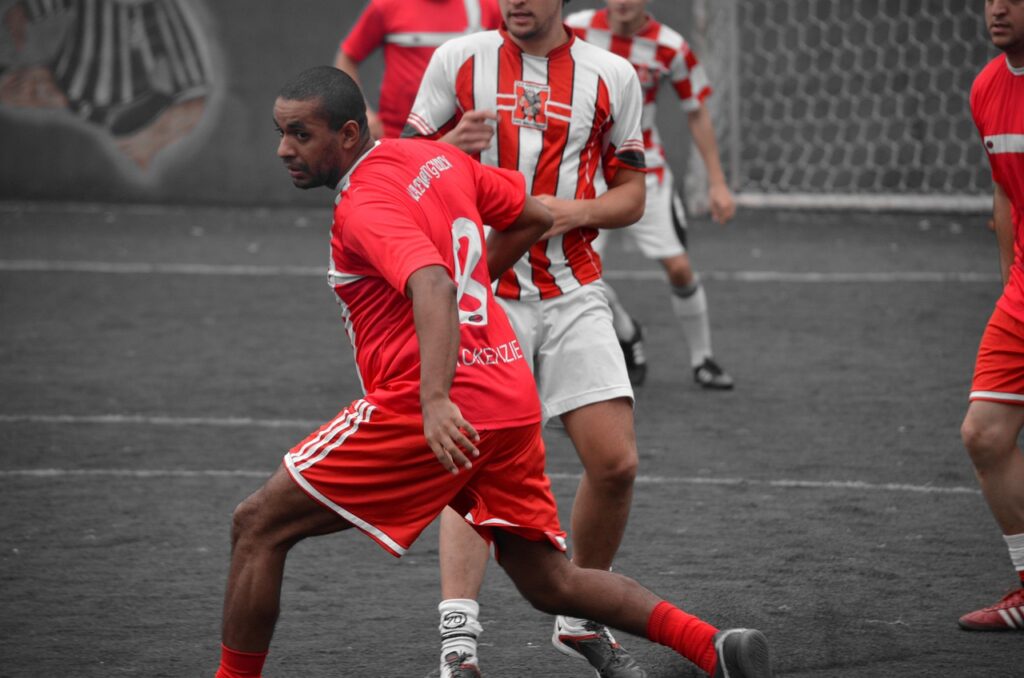
15. **Enhancing and Preserving Your Autographed Collectibles: Inscriptions, Authenticity, and Slabbing**
Once you’ve successfully acquired an autograph, the journey isn’t over. There are further steps you can take to enhance its value, ensure its authenticity, and preserve it for years to come. These considerations range from adding personal inscriptions to professional encapsulation, each choice shaping the long-term enjoyment and potential worth of your cherished collectible.
One exciting option is to request an inscription alongside the signature. However, always consider the size of the athlete’s autograph. Players like Mike Tyson and Dennis Rodman are known for their large, flamboyant signatures, meaning more than one inscription on a small item like a card might not be feasible or aesthetically pleasing. It’s wise to study their typical autograph size beforehand and stick to just one inscription if you decide to get one. Popular choices include their Hall of Fame year or a well-known nickname.
Deciding on an authenticity hologram is a personal choice for collectors. Some prefer their cards unaltered, while others appreciate the added layer of authentication, especially if they don’t plan on immediately getting the item professionally slabbed. Holograms from reputable companies like MLB or UDA can provide extra verification for players known to sign with certain entities, significantly aiding authentication later. If opting for a hologram, always ensure it’s placed on the back of the card, never the front, and note that it can significantly help authenticate sloppy signatures, like Giannis’s, which might otherwise be challenging for grading companies.
For ultimate protection and presentation, getting your autographed card put into a slab is a fantastic option. Many collectors, myself included, prefer to have every signed card slabbed and authenticated by services like PSA. Slabbing not only protects the card from damage but also makes it easy to store and, should you ever choose to, sell. Beckett is another highly respected company that offers similar services, providing collectors with excellent choices for preservation.
It’s important to be aware of the costs associated with slabbing. PSA’s current cheapest price to get a card slabbed with a label stating the exact card details (e.g., ‘Derek Jeter 1993 SP Foil’) is around $150, which includes PSA’s authentication of both the card and the autograph. A more economical option exists if you’re willing to have the label simply say ‘TRADING CARD’ with only the autograph authenticated; the cost for this varies by athlete, ranging from $20 to $100 or more, with specific pricing available on PSA’s website.
When submitting cards for slabbing, you have two main avenues: sending directly to PSA or using a submission group. Direct submission to PSA can typically result in a turnaround time of about one month, in my experience. Submission groups, while often offering a slight discount, can take considerably longer, sometimes three to five months, to get your cards back, so weigh speed against cost.
Finally, consider whether you want an ‘auto grade’ on your slab, meaning a grade for the quality of the autograph itself. This can add value to higher-end cards and is an additional cost at PSA. However, be judicious: an autograph with ink skips, smudges, or one that touches the side of the card will most likely not receive a perfect 10. For such instances, it’s best to forgo the auto grade to avoid a lower score that might detract from the card’s overall appeal.
From the thrill of securing a signature in person at a bustling stadium to the patient anticipation of a through-the-mail success, the world of autograph collecting is rich with opportunity. This comprehensive guide has laid out the strategic steps and insider tips to help you navigate this exciting hobby. Remember, each autograph tells a story, a tangible link to a moment of fandom and admiration. By applying these practical strategies and embracing a respectful approach, you’re not just collecting signatures; you’re actively creating lasting memories and deepening your connection to the sports you love. So, go forth, be prepared, be patient, and may your collection flourish with treasures that resonate with your passion for sports heroes. The next coveted autograph could be just around the corner, waiting for your strategic approach and genuine enthusiasm to bring it home.”
, “_words_section2”: “2000

